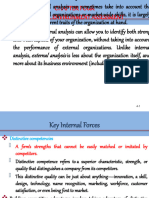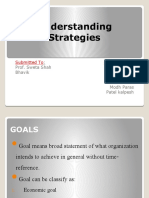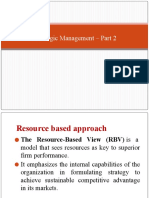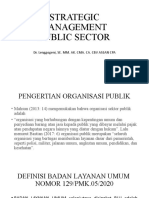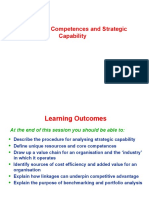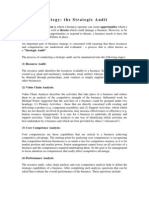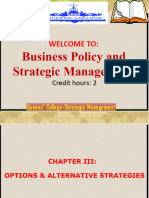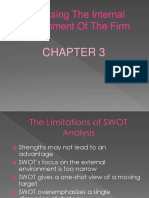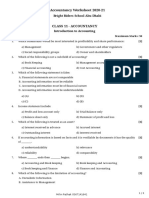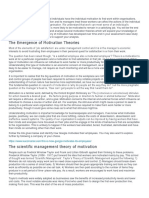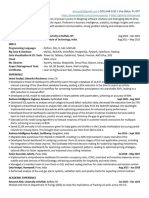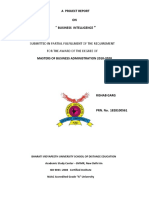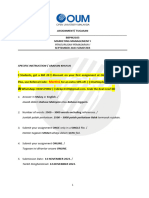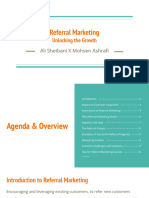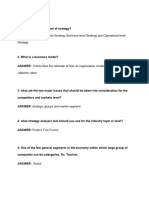0% found this document useful (0 votes)
23 views9 pagesTranscriptlesson 05
This lesson focuses on strategic analysis of the internal environment, covering topics such as value chain analysis, core competencies, strategic alignment, competitive advantage, and benchmarking. Key concepts include the importance of aligning internal resources with external opportunities and the use of tools like the balanced scorecard for performance measurement. The lesson emphasizes the need for organizations to configure their capabilities to achieve strategic goals and maintain a competitive edge.
Uploaded by
wafaCopyright
© © All Rights Reserved
We take content rights seriously. If you suspect this is your content, claim it here.
Available Formats
Download as PDF, TXT or read online on Scribd
0% found this document useful (0 votes)
23 views9 pagesTranscriptlesson 05
This lesson focuses on strategic analysis of the internal environment, covering topics such as value chain analysis, core competencies, strategic alignment, competitive advantage, and benchmarking. Key concepts include the importance of aligning internal resources with external opportunities and the use of tools like the balanced scorecard for performance measurement. The lesson emphasizes the need for organizations to configure their capabilities to achieve strategic goals and maintain a competitive edge.
Uploaded by
wafaCopyright
© © All Rights Reserved
We take content rights seriously. If you suspect this is your content, claim it here.
Available Formats
Download as PDF, TXT or read online on Scribd
/ 9











